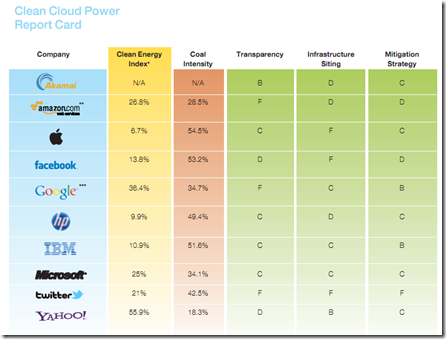Isn't it funny how many company's answer to innovation is to make it an objective and goal of the company. IBM has even created an event called Innovate.

An entertaining post on innovation is by Netflix's Adrian Cockcroft where he uses Netflix streaming media shows as slides.
How Netflix gets out of the way of innovation
#defrag 2011 presentation script.
I'm the cloud architect for Netflix, but rather than tell you about why we moved Netflix to a cloud architecture or how we built our cloud architecture, I'm going to tell you what we do differently at Netflix to create a culture that supports innovation.
What is it that lets us get things done very quickly. Sometimes a bit too qwikly…. but how did we keep making big strategic moves, from DVD to streaming, from Datacenter to Public Cloud, from USA only to International, all in very short timescales with a fairly small team of engineers.
My presentation slides are just box-shots of movies and TV shows that are available on Netflix streaming. This script is based on the notes I made to figure out what I was going to say for each box shot. If some of you see a show you didn't know we had and want to watch that would make me happy, you can click on the box shot to visit that movie at Netflix, they were all available for streaming in the USA at the time of writing.
The post is long, so let me help you to the part I found useful.
What I found out over the next few years is that the culture is what enables innovation, so that Netflix can get things done quickly that other companies are too scared or too slow to try. The rest of this talk is about the key things that we do differently at Netflix.
And Andrian's warns this guidance is most likely not useful for a large established company.
Before I get into them I want to warn you that even with a roadmap and a guide, you probably won't be able to follow this path if you are in a large established company. Your existing culture won't let you. However if you are creating a new company from scratch, I hope you can join me in what I hope is the future of cool places to work.
Here's the key insight. It's the things you don't do that make the difference. You don't add innovation to a company culture, you get out of its way.









